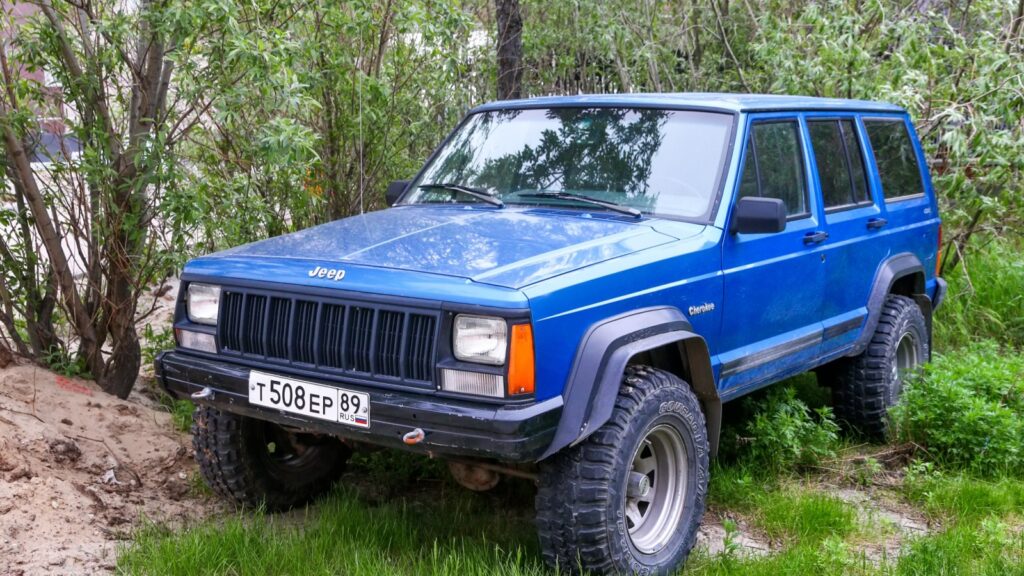Every year, automakers trim their lineups, and 2025 is no exception. In Canada, several well-known vehicles are being phased out, some due to declining sales, others because of shifting priorities toward EVs and SUVs. While many of these models were once household names, consumer demand and market changes have left them behind. Here are 16 popular vehicles in Canada that are being discontinued this year:
Chevrolet Malibu
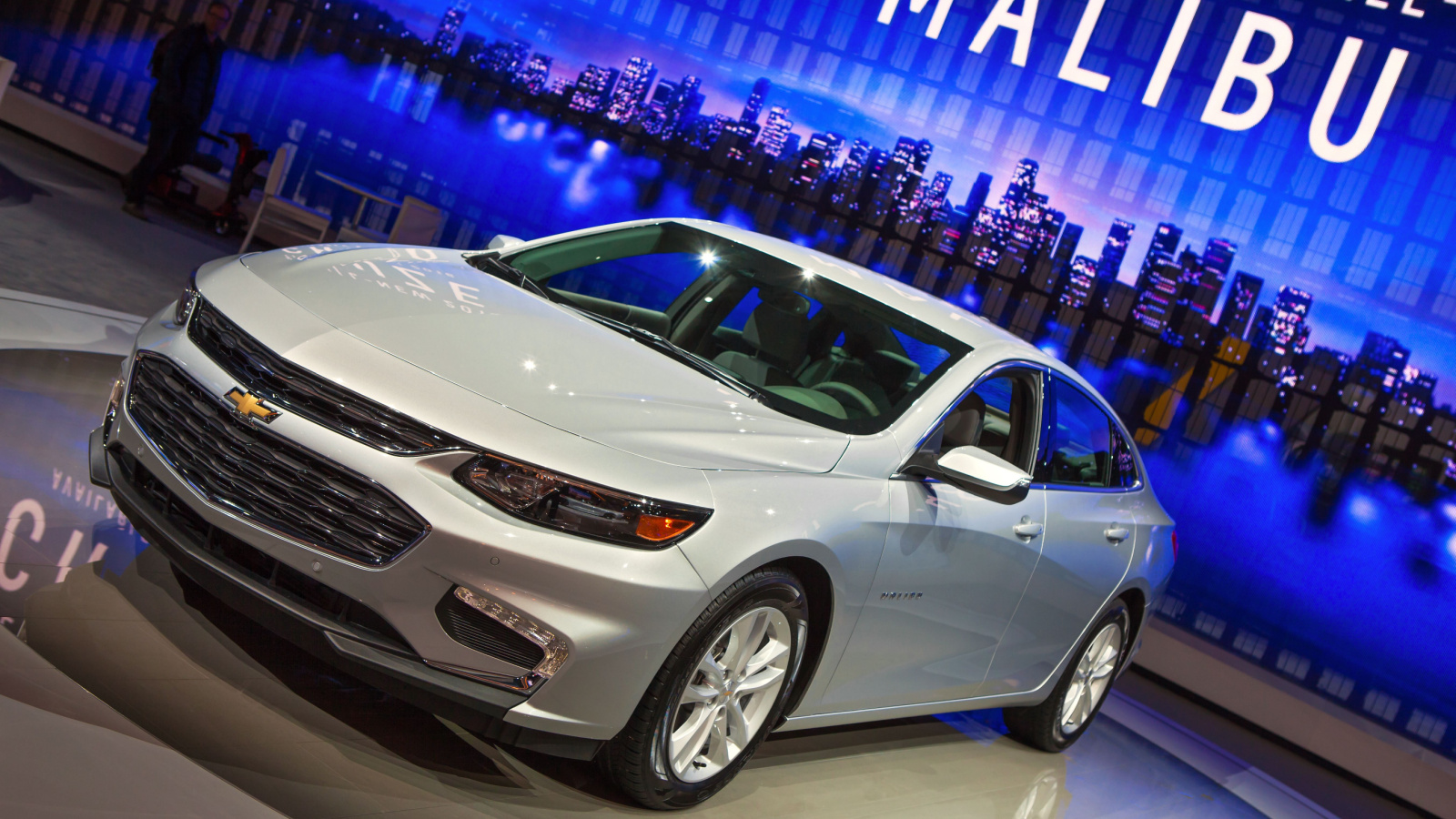
The Chevrolet Malibu, once a staple in Canadian driveways, is being discontinued after years of declining sedan sales. Powered by a 1.5L turbocharged four-cylinder producing 163 horsepower, it offers adequate performance with 0–100 km/h times around 8.5 seconds. Fuel economy averages 7.8 L/100 km, making it reasonably efficient, and despite decent comfort and technology, the shrinking midsize sedan market sealed its fate as buyers flock to SUVs. Owners liked its smooth ride and affordability, but GM has decided to prioritize electric and crossover models instead, leaving the Malibu’s long legacy behind in 2025.
Toyota C-HR
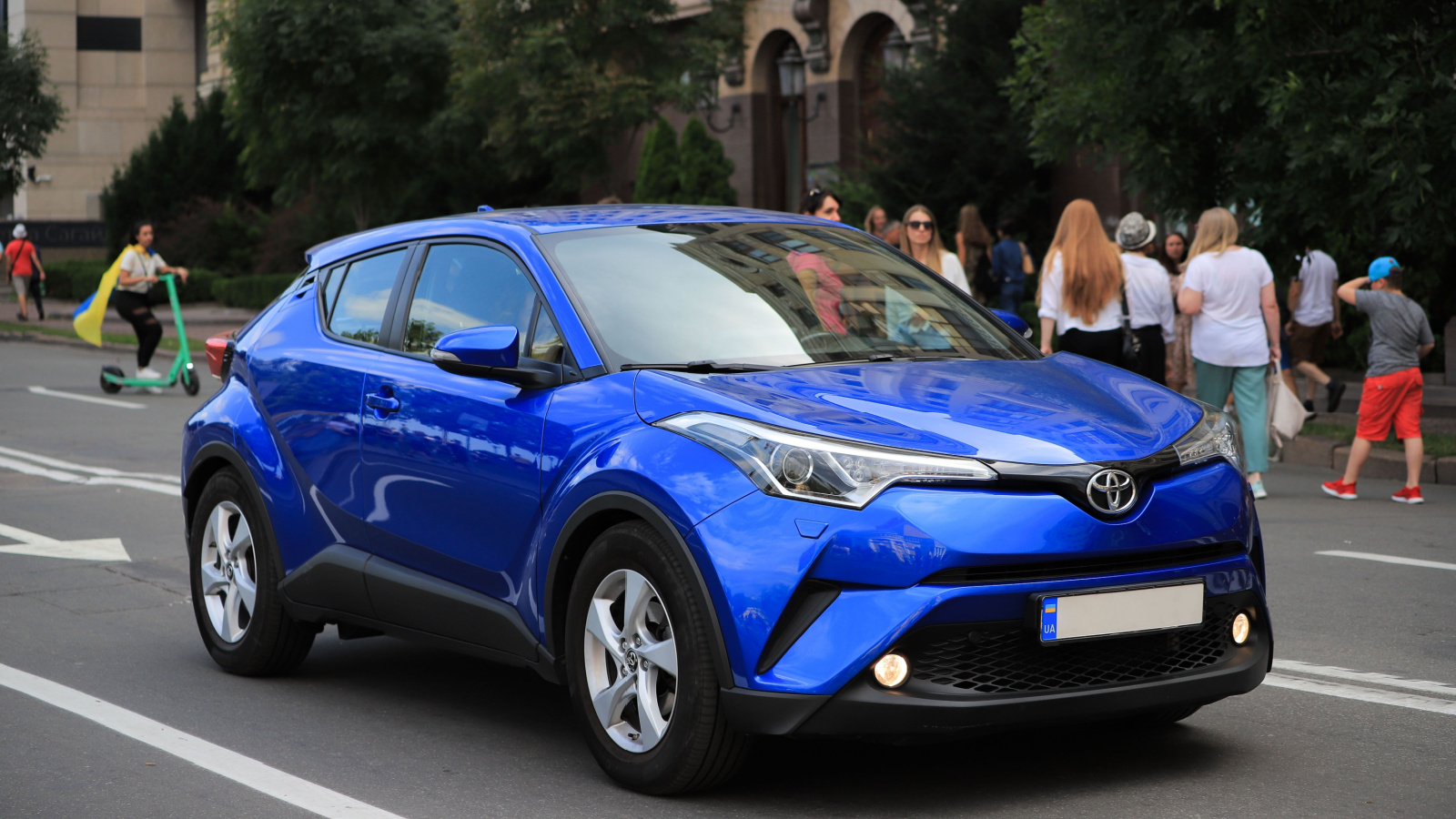
The Toyota C-HR is being dropped from the Canadian market after struggling to find a footing in a competitive subcompact SUV segment. Its 2.0L four-cylinder engine delivers 144 horsepower, with a 0–100 km/h time of about 10 seconds, making it sluggish compared to rivals. Fuel efficiency is respectable at 7.7 L/100 km, but its limited cargo space and lack of all-wheel drive hurt its appeal. Despite bold styling, many Canadians preferred Toyota’s Corolla Cross or RAV4. The C-HR’s exit shows that even reliable brands must streamline lineups when models fail to resonate.
Dodge Charger
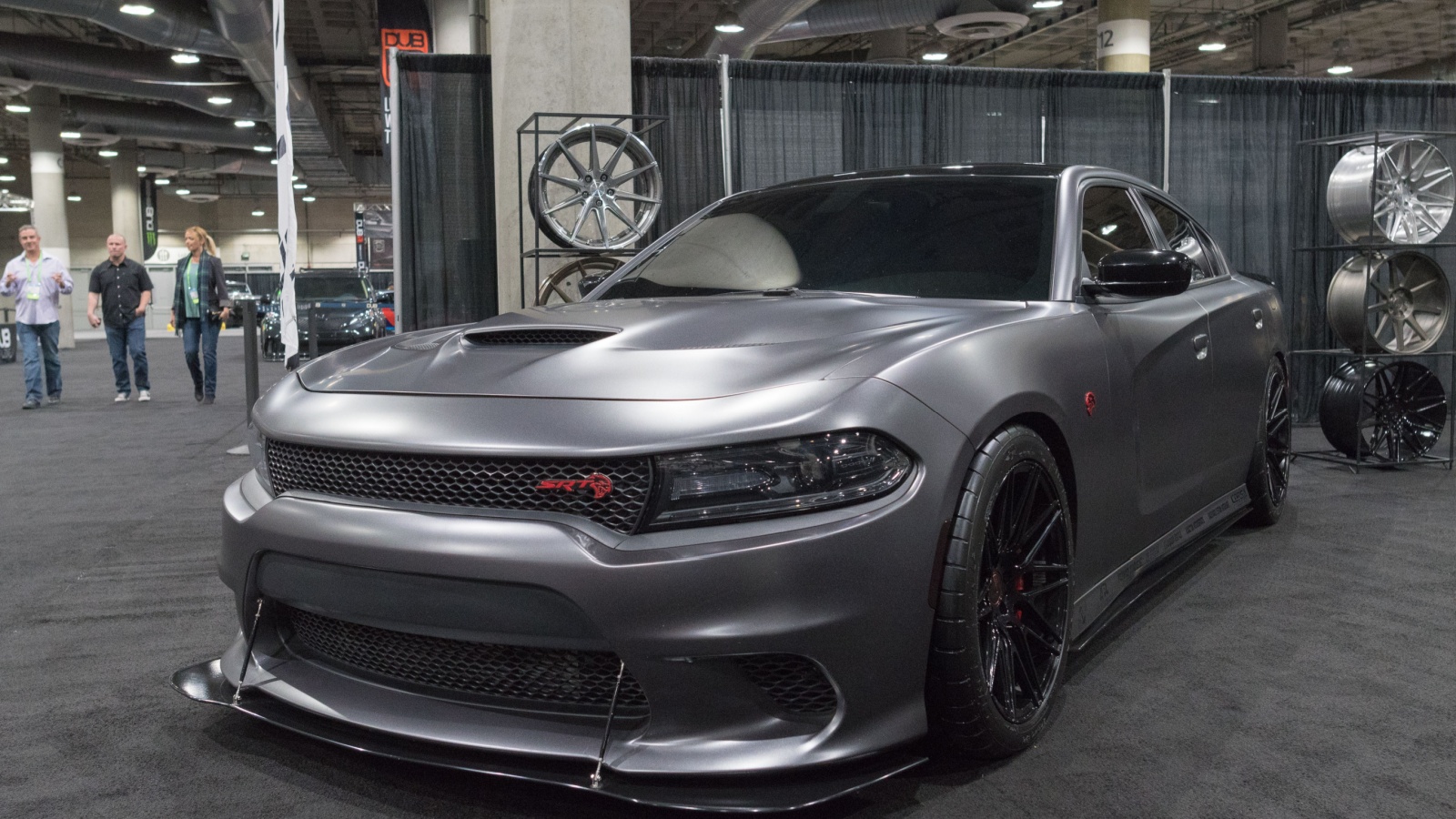
The Dodge Charger, famous for its muscle-car personality, is bowing out in 2025 as Stellantis shifts toward electrification. Offering engines ranging from a 3.6L V6 to the legendary HEMI V8s producing over 700 horsepower, the Charger delivers blistering 0–100 km/h times as low as 3.5 seconds. Fuel economy, however, is poor, averaging 12–15 L/100 km, and although Canadians loved it for its power and spacious interior, stricter emissions standards and falling demand for large sedans sealed its fate. Fans, however, may find comfort in Dodge’s upcoming electric muscle car lineup.
Dodge Challenger
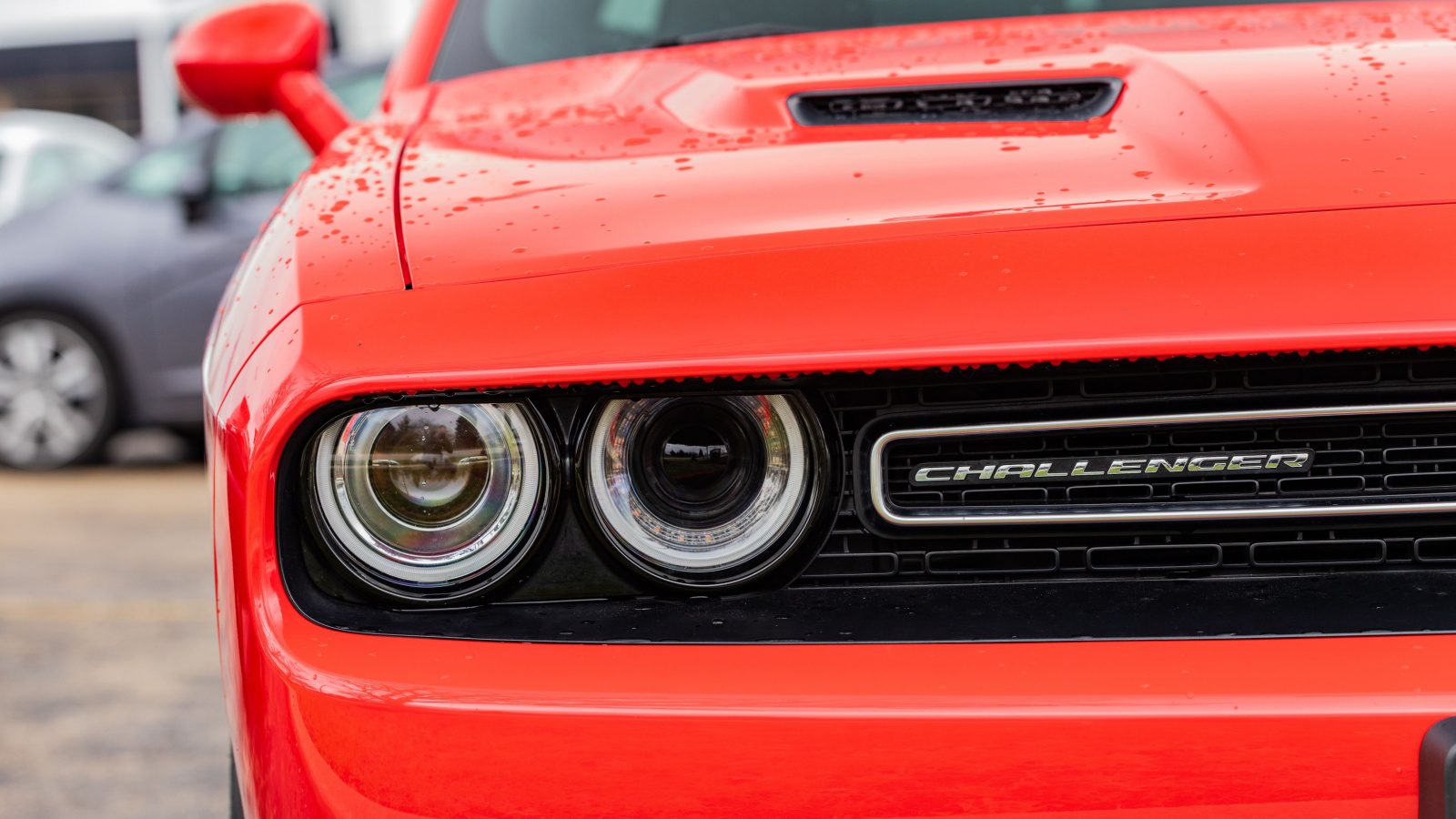
The Challenger joins the Charger in retirement this year, closing the book on Dodge’s retro-styled muscle cars. With engine options from a modest V6 to the supercharged Hellcat V8 producing 807 horsepower, it delivered incredible performance. Acceleration could hit 0–100 km/h in just over 3 seconds in top trims. Fuel efficiency, however, was notoriously bad, averaging 14–18 L/100 km, and despite strong nostalgia and a loyal fan base, sales fell as buyers turned to SUVs and EVs. Dodge plans to pivot its muscle heritage into electrified performance models, marking the end of an era.
Mazda CX-9
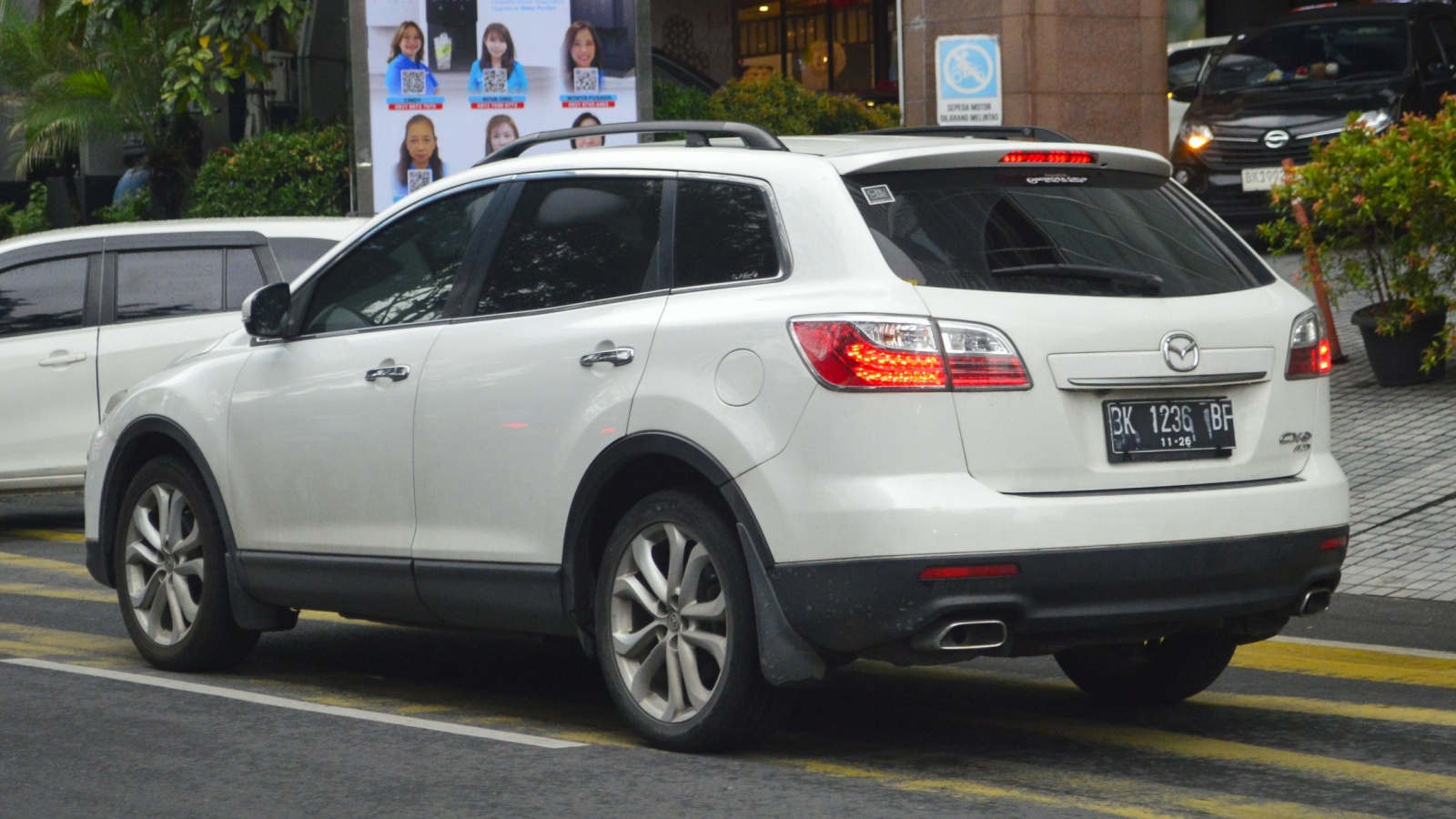
Mazda is discontinuing the CX-9, its flagship three-row SUV, to make room for the new CX-90. The CX-9’s 2.5L turbocharged engine puts out up to 250 horsepower, with 0–100 km/h in about 7.3 seconds. Fuel economy is decent for its size at 9.5 L/100 km combined, and known for its sporty handling and upscale interior, it was a favorite among families. However, Mazda has shifted to a more premium positioning, and the CX-90 offers stronger performance and improved technology. The CX-9 exits gracefully, remembered as a driver-friendly alternative in the crowded SUV market.
Kia Stinger
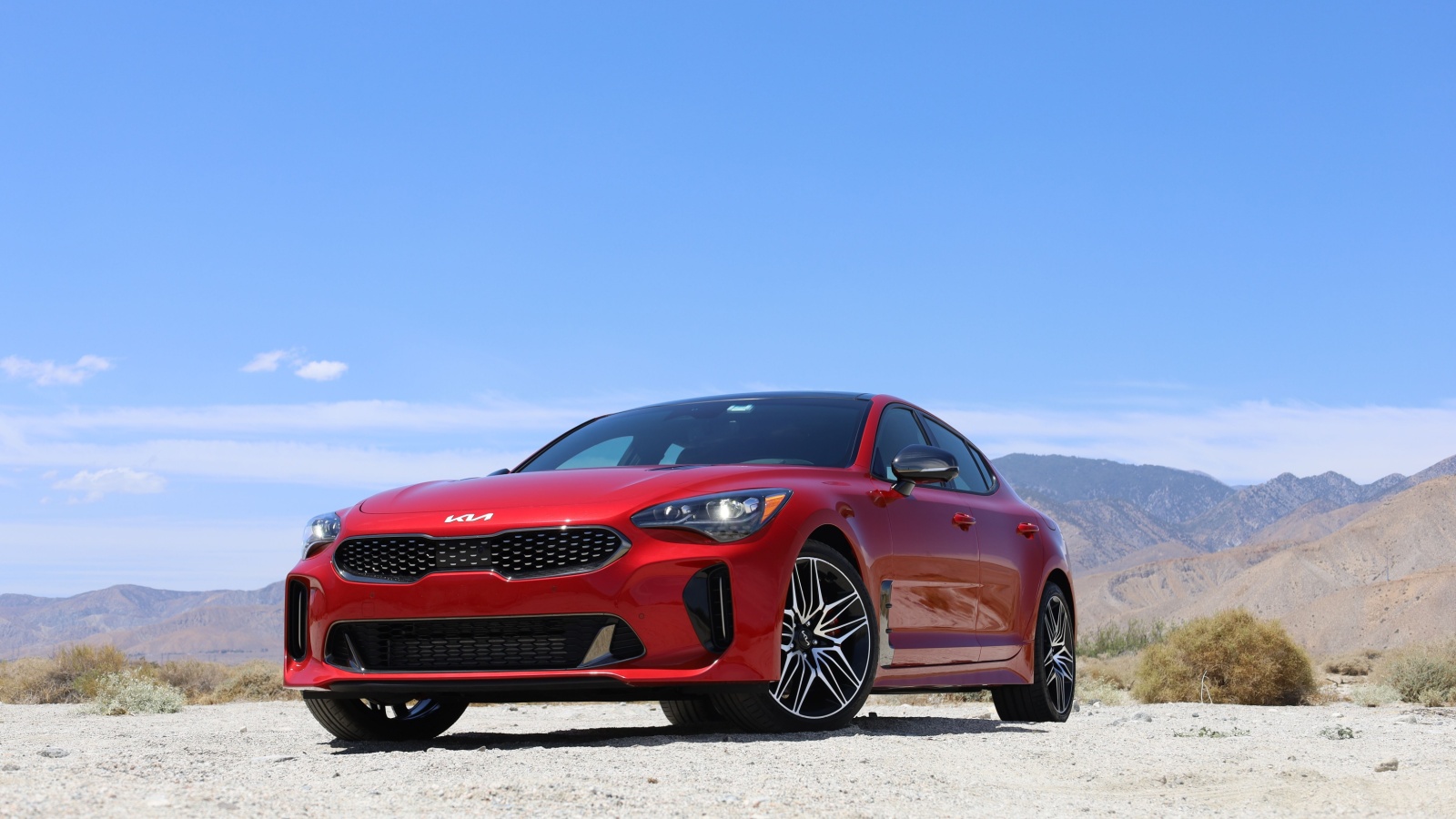
The Kia Stinger, widely praised for its performance and style, is being retired after a short but impactful run. Its 3.3L twin-turbo V6 produced 368 horsepower, reaching 0–100 km/h in just 4.9 seconds, rivaling luxury brands at a lower price. Fuel economy averaged 11.1 L/100 km, which was acceptable given its power. Despite its critical acclaim, sales in Canada were modest, as consumers leaned toward SUVs. The Stinger showed that Kia could compete in the sports sedan segment, but its discontinuation leaves enthusiasts wishing more Canadians had embraced it.
Hyundai Ioniq (Hybrid and PHEV)
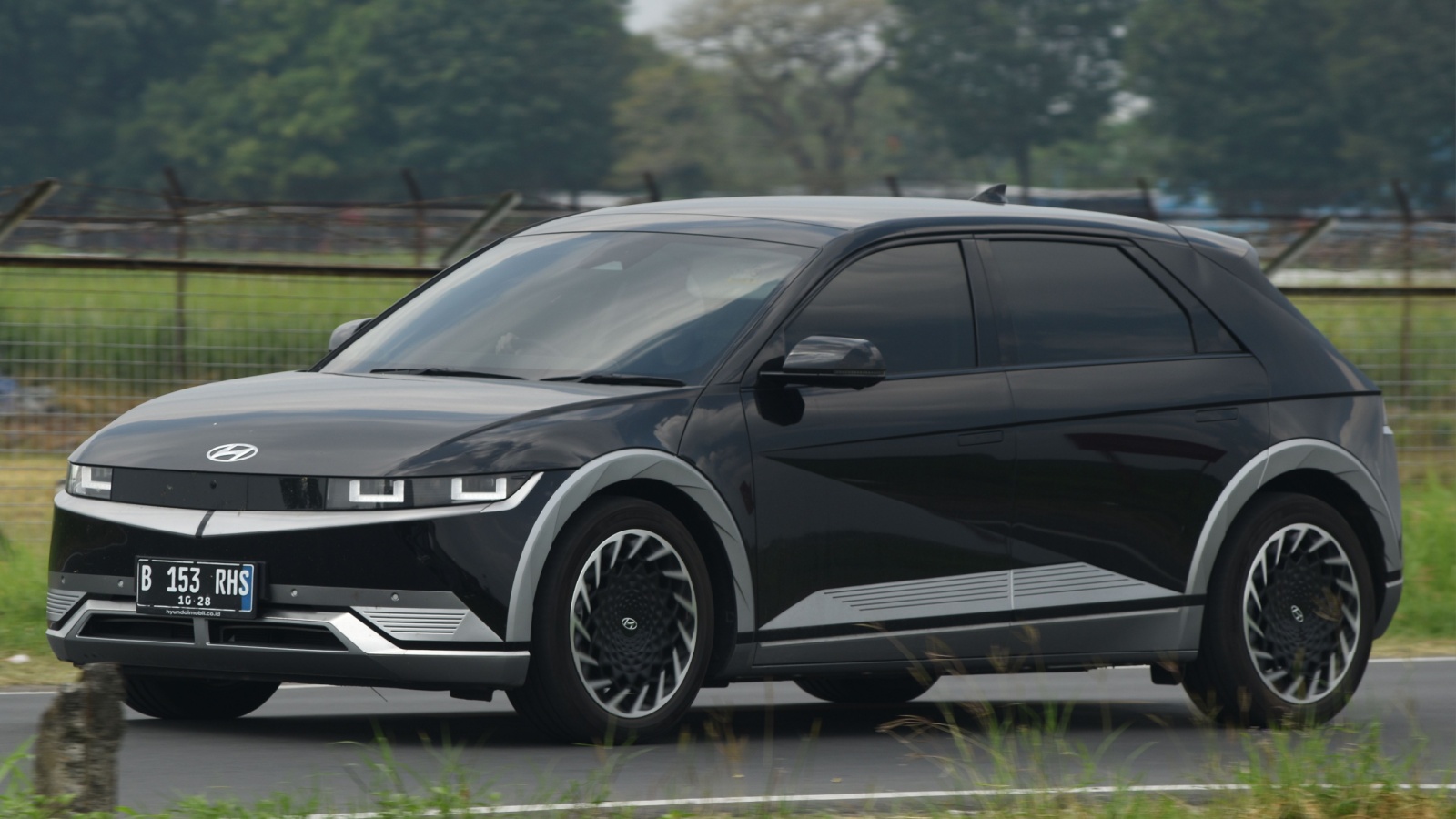
Hyundai has ended production of the Ioniq hybrid and plug-in hybrid models, focusing instead on its Ioniq EV sub-brand. The hybrid version offered a 1.6L four-cylinder with an electric motor, producing 139 horsepower and achieving 4.5 L/100 km fuel economy, making it one of Canada’s most efficient cars. While practical, its modest acceleration of 0–100 km/h in about 10 seconds, limited excitement. Canadians increasingly favor crossovers and fully electric vehicles, leaving little room for compact hybrids like the Ioniq.
Chrysler 300
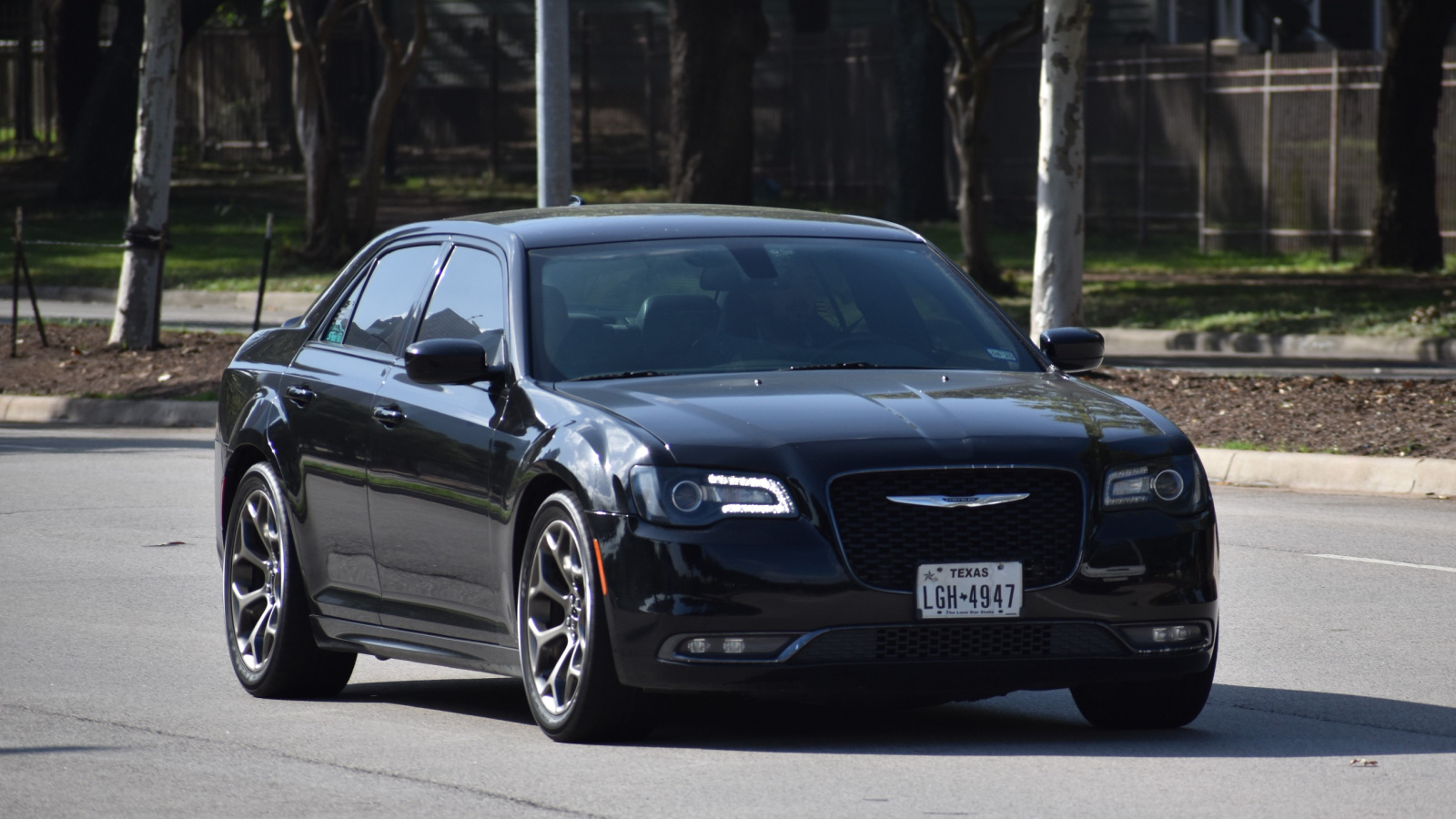
The Chrysler 300, a symbol of full-size American sedans, is being retired after nearly two decades. It offered engines ranging from a 3.6L V6 to a 5.7L HEMI V8 with up to 363 horsepower. Acceleration ranged from 6 to 7.5 seconds to 100 km/h, and fuel efficiency was 11–14 L/100 km, reflecting its size. Canadians loved its bold design and roomy interior, but shrinking sedan demand made it hard to justify production. Stellantis is redirecting resources into electrification, meaning the 300 leaves behind a legacy of comfort and presence in Canadian driveways.
Ford Edge
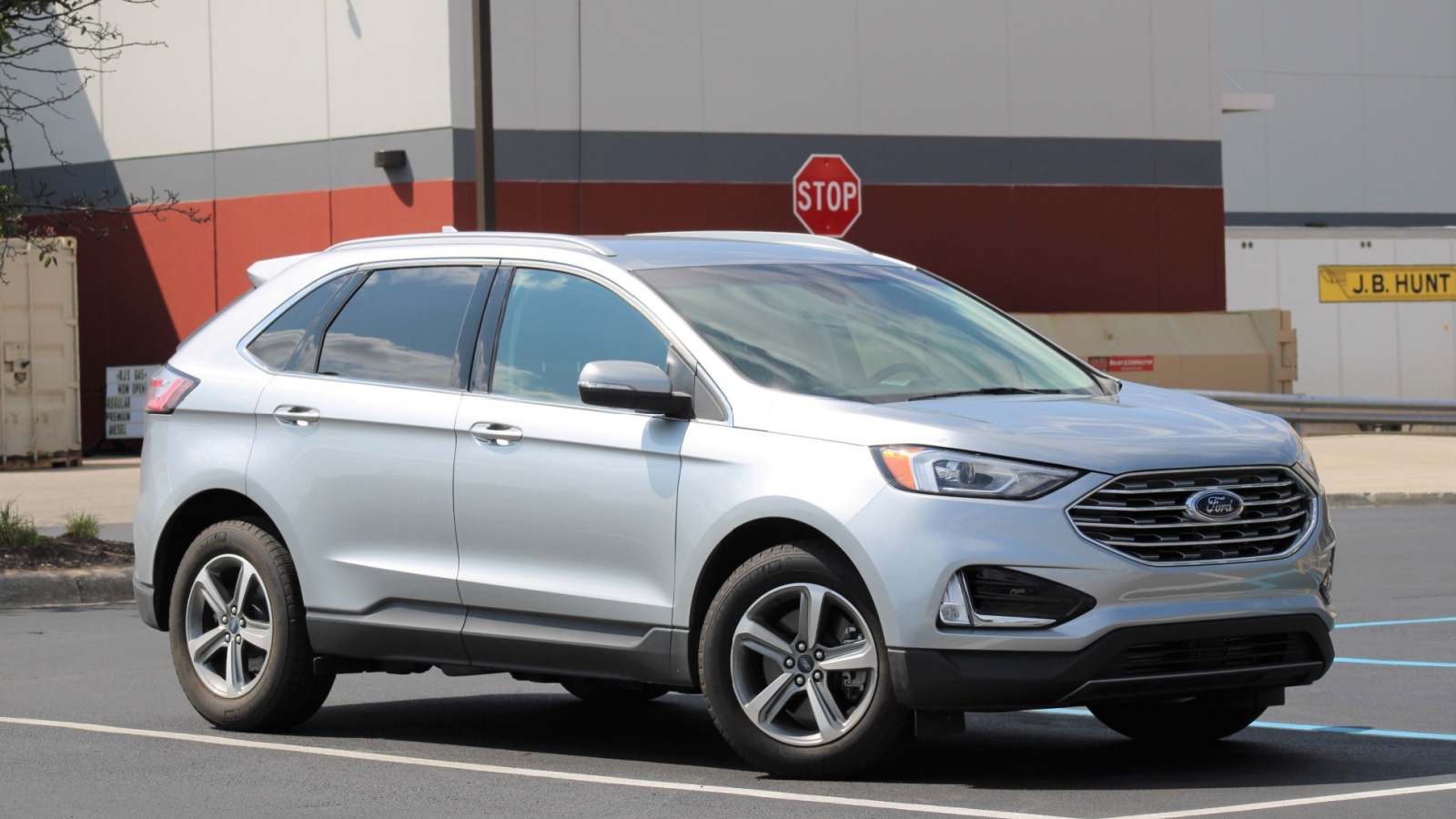
The Ford Edge will be discontinued after years of serving as a midsize crossover favorite. Its 2.0L EcoBoost engine delivered 250 horsepower, with available V6 options boosting output. Acceleration was around 7 seconds to 100 km/h, while fuel economy averaged 9.8 L/100 km. Families appreciated its roomy interior and strong safety ratings, but Ford is shifting focus to electric SUVs like the Mustang Mach-E. With the Explorer still in production, the Edge became redundant in Ford’s lineup. Its exit leaves longtime fans searching for alternatives in a crowded SUV segment.
Nissan Maxima
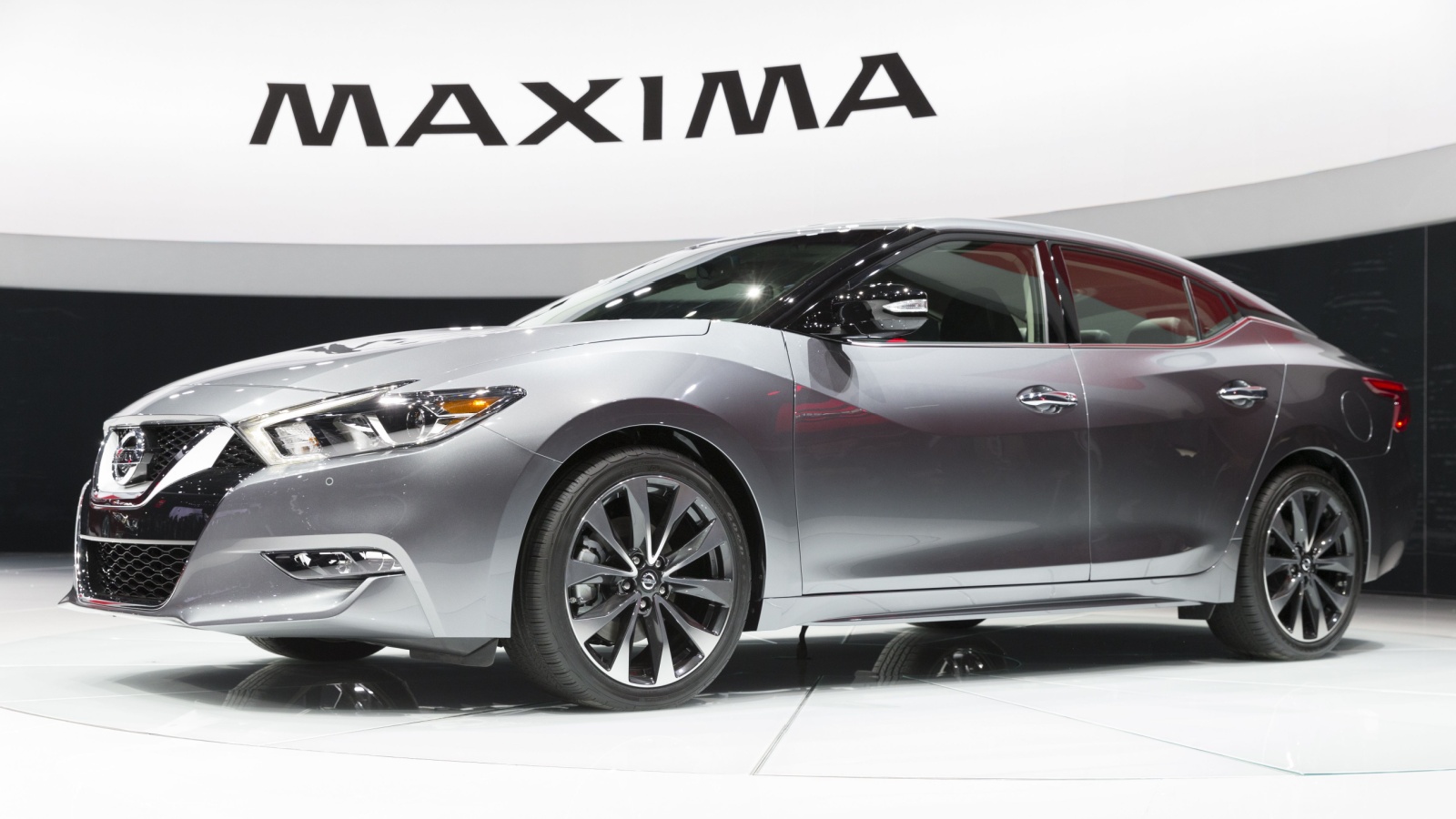
The Nissan Maxima, once marketed as a four-door sports car, is being phased out after declining sales. Powered by a 3.5L V6 producing 300 horsepower, it offered quick acceleration at about 6 seconds to 100 km/h, and fuel economy averaged 10.5 L/100 km. While stylish and well-equipped, it struggled to compete against SUVs that offered more practicality. Canadians increasingly passed over large sedans like the Maxima, forcing Nissan to discontinue it. Despite its retirement, the Maxima leaves a reputation for blending sporty driving with comfort, a formula that couldn’t keep pace with changing demand.
Infiniti Q60
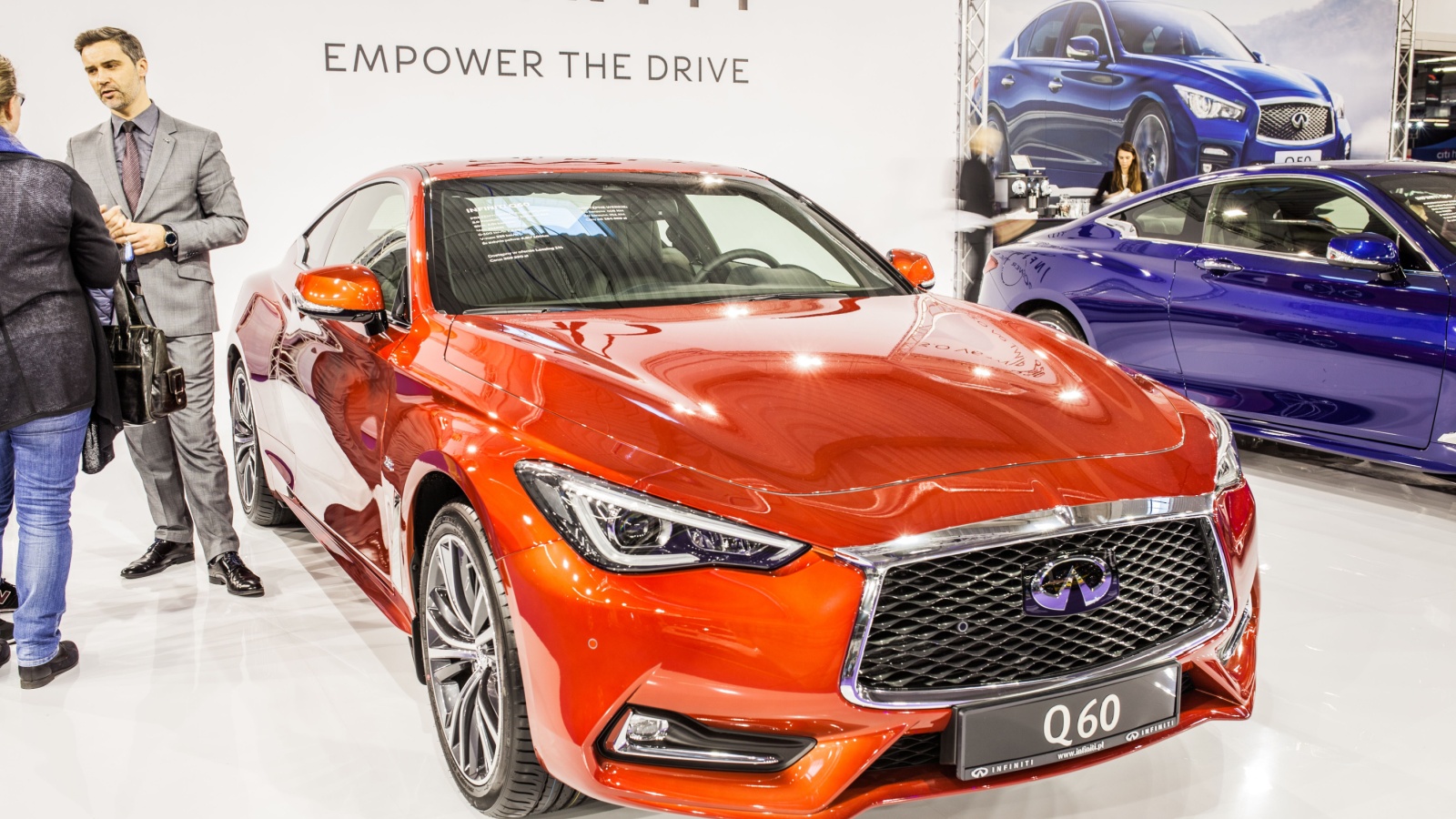
The Infiniti Q60 coupe is exiting the market as the luxury brand shifts toward electrification. Its 3.0L twin-turbo V6 produced up to 400 horsepower in the Red Sport 400, with 0–100 km/h times of about 5 seconds. Fuel economy was 10.7 L/100 km combined, respectable for its class. Despite its sleek looks and strong performance, sales were disappointing in Canada, where luxury buyers leaned toward SUVs. Infiniti is focusing resources on electrified crossovers, leaving coupes like the Q60 behind. Its departure closes the chapter on one of Infiniti’s most stylish performance models.
Mitsubishi Mirage
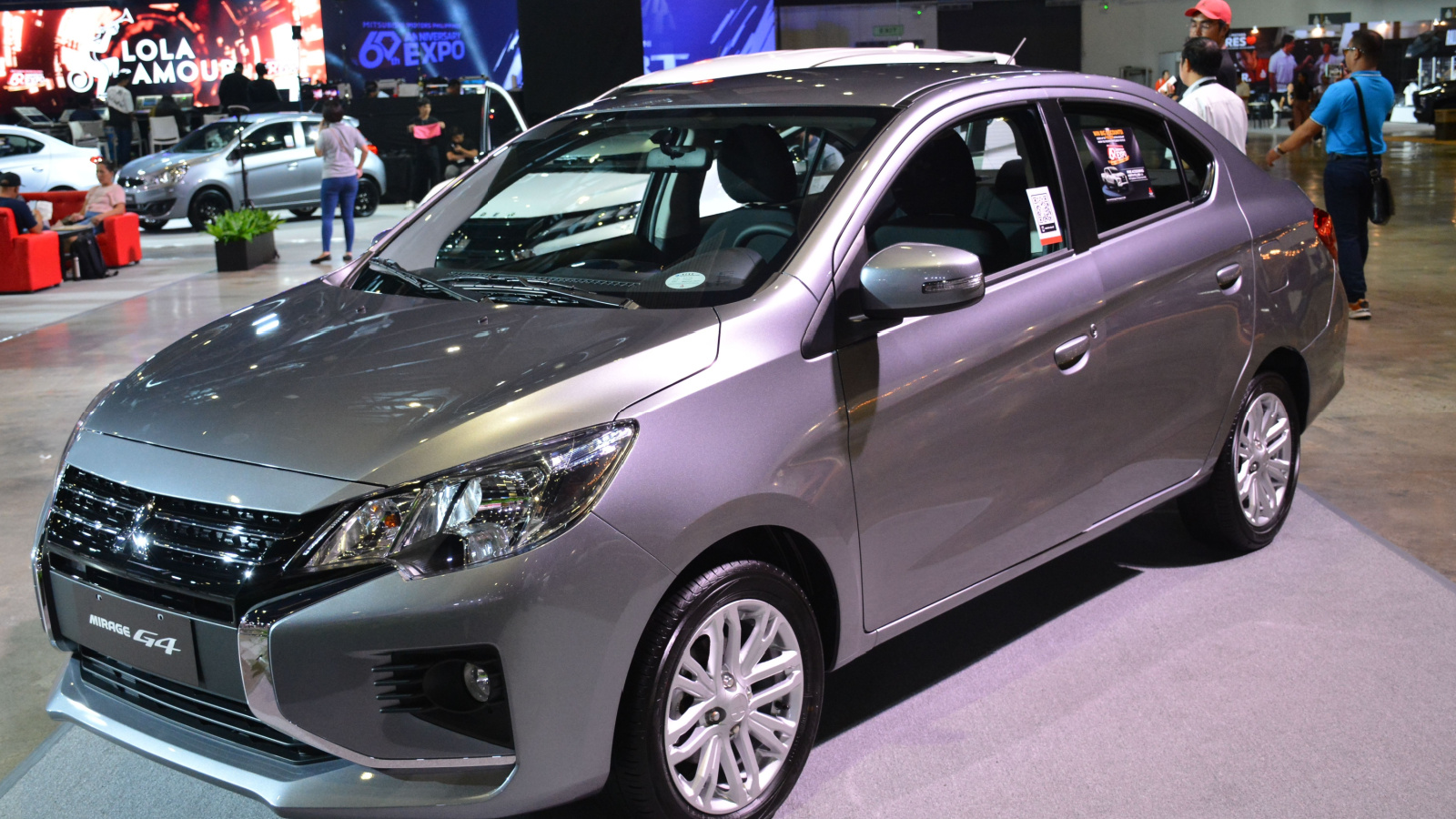
The Mitsubishi Mirage, one of Canada’s cheapest cars, is being discontinued due to weak sales and tightening emissions standards. Its 1.2L three-cylinder produced just 78 horsepower, with sluggish 0–100 km/h times of over 12 seconds. Fuel economy was excellent at 6.2 L/100 km, but its bare-bones design and underwhelming performance turned off many buyers. While appreciated by budget-conscious Canadians, the Mirage’s outdated safety features and lack of modern technology sealed its fate.
Buick Encore
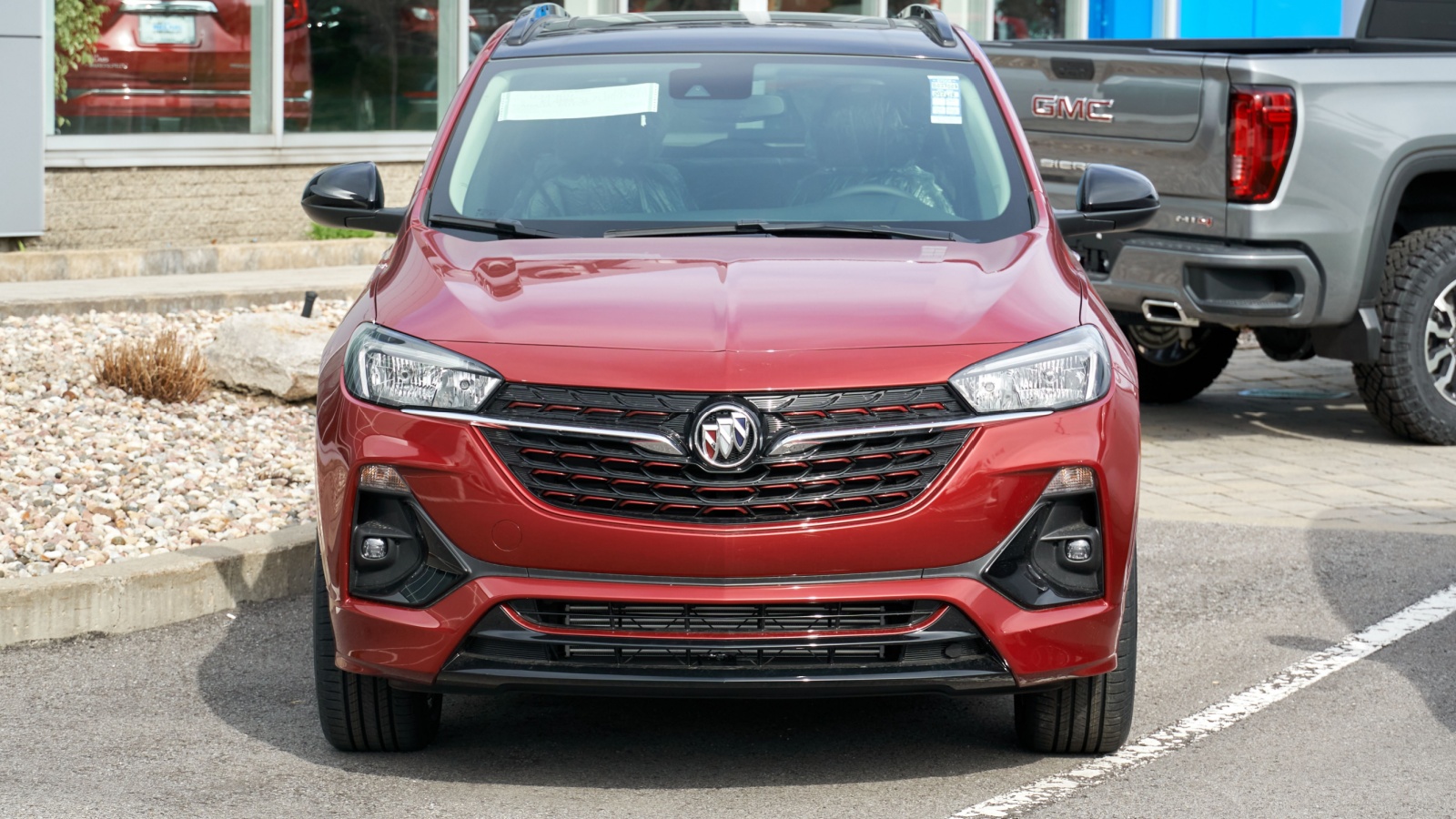
The Buick Encore is leaving the Canadian market as GM restructures its SUV lineup. Powered by a 1.4L turbocharged engine producing 155 horsepower, it accelerated from 0–100 km/h in about 9.5 seconds. Fuel economy was reasonable at 8.3 L/100 km, and despite its comfort and upscale design, the Encore faced stiff competition from larger, more modern crossovers. Sales declined as Canadians opted for the Encore GX or competitors like the Hyundai Kona. Buick is simplifying its lineup, leaving the Encore behind as a once-popular but now outdated entry-level luxury crossover.
Volkswagen Arteon
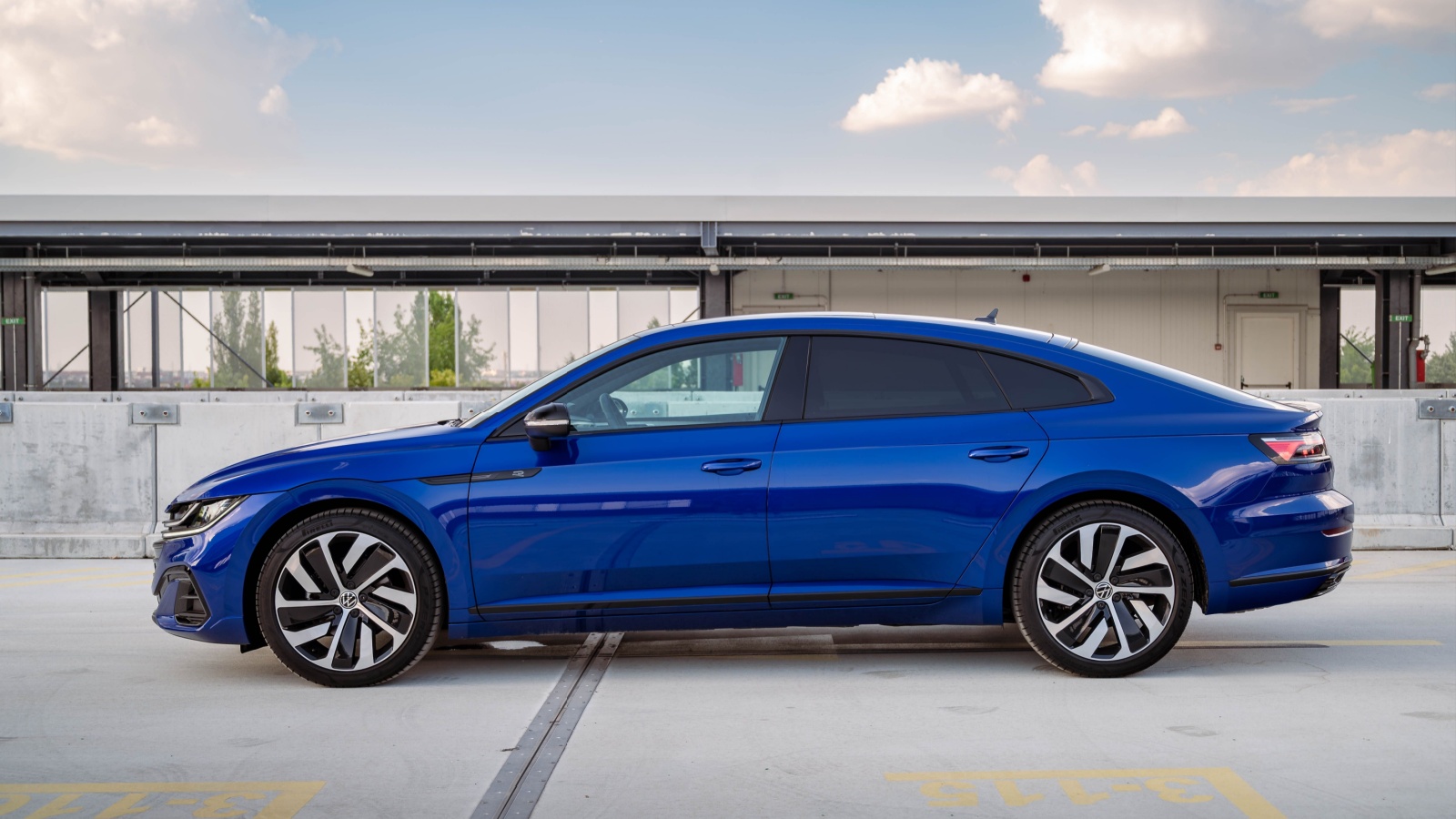
The Volkswagen Arteon, a sleek four-door fastback, is being discontinued after failing to find its audience in Canada. Equipped with a 2.0L turbocharged engine making 268 horsepower, it accelerated to 100 km/h in 6 seconds, and fuel economy was decent at 9.2 L/100 km combined. Despite premium styling and comfort, it was overshadowed by both VW’s SUVs and luxury competitors. Sales never met expectations, and VW is shifting focus toward EVs like the ID.7 sedan. The Arteon’s departure marks the end of a stylish experiment that never resonated with Canadian buyers.
Jeep Cherokee
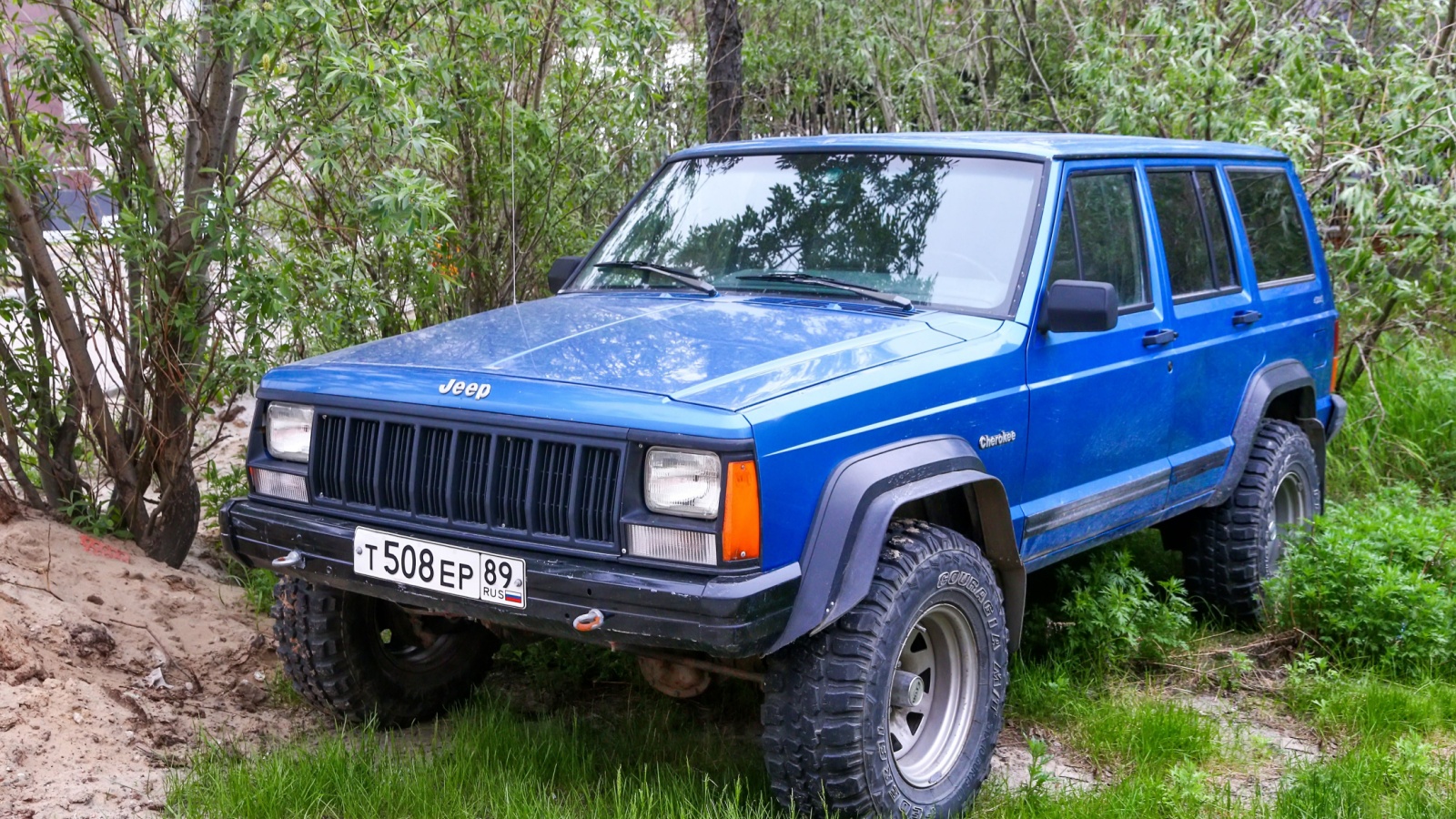
The Jeep Cherokee is being discontinued as Stellantis trims underperforming models. Offering engines from a 2.4L four-cylinder to a 3.2L V6 with 271 horsepower, it reached 100 km/h in about 7.5 seconds. Fuel economy ranged from 9.8 to 11 L/100 km, and even though it is known for its off-road ability, it still lagged behind newer SUVs in comfort and efficiency. Sales dropped as Canadians preferred the Compass or Grand Cherokee. The Cherokee’s discontinuation reflects Jeep’s decision to streamline and invest in electrified SUVs, and for fans of its balance between utility and size, the loss will sting.
Honda Insight
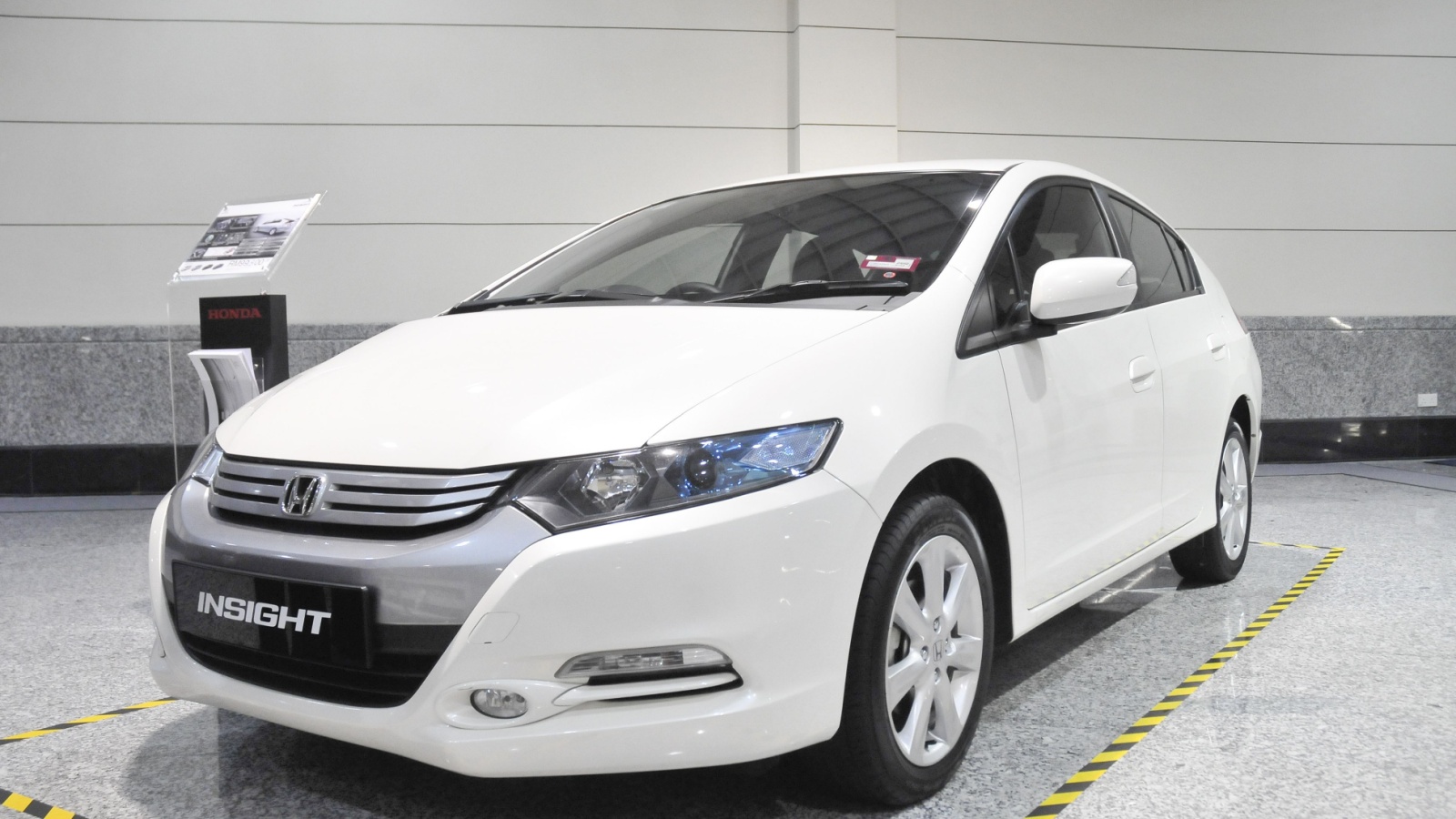
The Honda Insight hybrid, once praised for efficiency, is being discontinued to make way for the new Civic Hybrid. Its 1.5L four-cylinder combined with an electric motor delivered 151 horsepower, with 0–100 km/h in about 9 seconds. Fuel economy was excellent at 4.9 L/100 km combined, making it one of Canada’s thriftiest cars. However, sales never took off as buyers gravitated toward SUVs and Toyota’s Prius. Honda is consolidating its lineup by integrating hybrid tech into mainstream models rather than keeping a standalone hybrid sedan, marking the end of the Insight.
21 Products Canadians Should Stockpile Before Tariffs Hit

If trade tensions escalate between Canada and the U.S., everyday essentials can suddenly disappear or skyrocket in price. Products like pantry basics and tech must-haves that depend on are deeply tied to cross-border supply chains and are likely to face various kinds of disruptions
21 Products Canadians Should Stockpile Before Tariffs Hit
